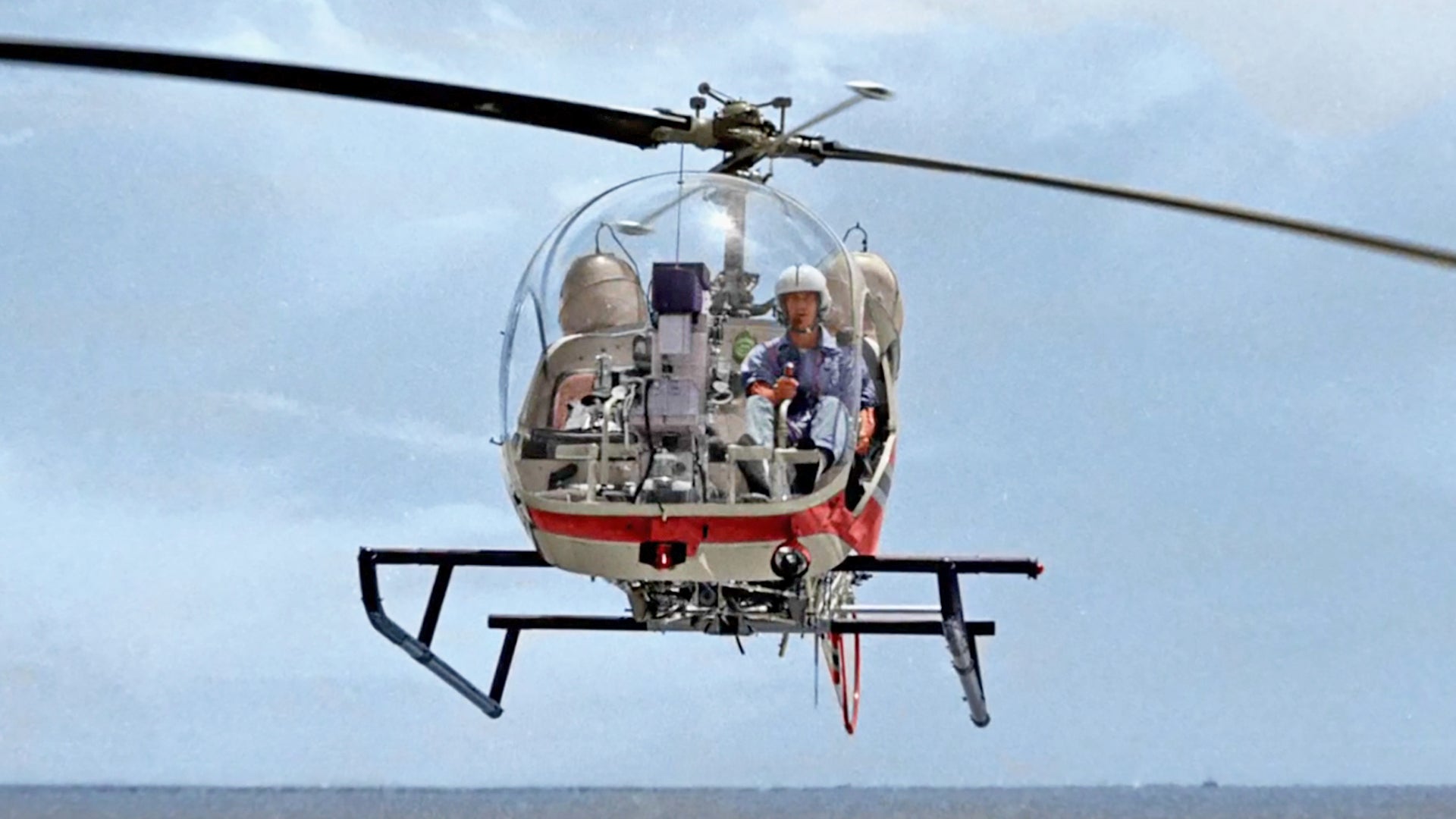Many Americans are heartbroken over the loss of yet another one of our space pioneers. Eugene Cernan was one of a kind—a daring, focused and super charismatic guy, and his long list of accomplishments, which includes flying into space three times and being the last man on the moon proves it. Even among the elite cadre of test pilots that made up the backbone of the US astronaut corps in the 1960s and early 1970s, Cernan stood out. But his bold nature did get him into a little trouble, and almost cost him his trip to the moon.
It was 1970 and training for mankind’s third mission to land on the moon was well underway. Apollo 14 would follow NASA’s incredibly triumphant failure that was Apollo 13. Alan Shepard, Stuart Roosa and Edgar Mitchell made up the mission’s primary crew, all but Shepard had never been in space, and he only had been up there for a matter of minutes. The backup crew for the mission included Gene Cernan as mission commander, as well as Ronald Evans and Joe Engle. Although it seemed as if Gene’s crew would never need to make the mission, and the training to do so was just for contingency purposes, the training continued in earnest nonetheless.
Part of that syllabus was for Cernan, a fixed-wing naval fighter pilot by trade, to keep current on helicopter flying. There were loose similarities between flying a helicopter and handling the lunar module, and being a test pilot it was just another airframe to master. A small fleet of Bell 47Gs were used by the astronauts for this training, one of which Cernan found himself in on January 23rd, 1971, just a week before Apollo 14 was scheduled to leave without him.
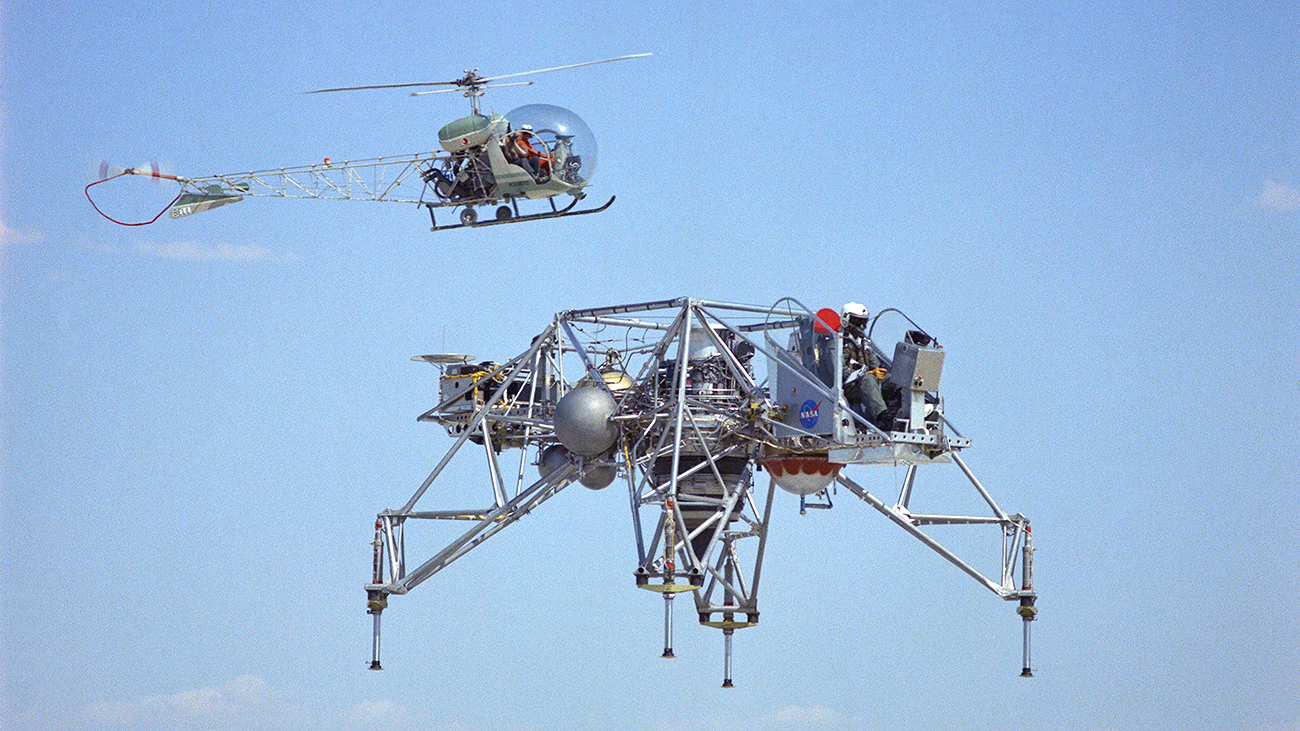
After taking off from Patrick AFB near Cocoa Beach, Florida, he took the chopper down to the Banana River, then over the Atlantic, before turning back in towards the coastline. As he made his way towards the Indian river at around 300 feet, he began dropping in altitude. Eventually he was skimming mere inches above the water when the Bell’s left skid submerged, and the helicopter somersaulted into the river, the spinning rotor smashing against the water’s surface and detaching from its mast. A fire quickly broke out when stricken aircraft’s fuel tank ruptured. As the helicopter sank to the river’s shallow bottom. Cernan, who had been fighting to get out of the obliterated aircraft, and eventually surfaced and began swimming away from the wind and fuel-fed fire. Cernan was not wearing a lifevest at the time, but the helmet he was wearing told a very deadly story. The entire top of it that had floated to the surface was totally charred. He was lucky that wasn’t his him.
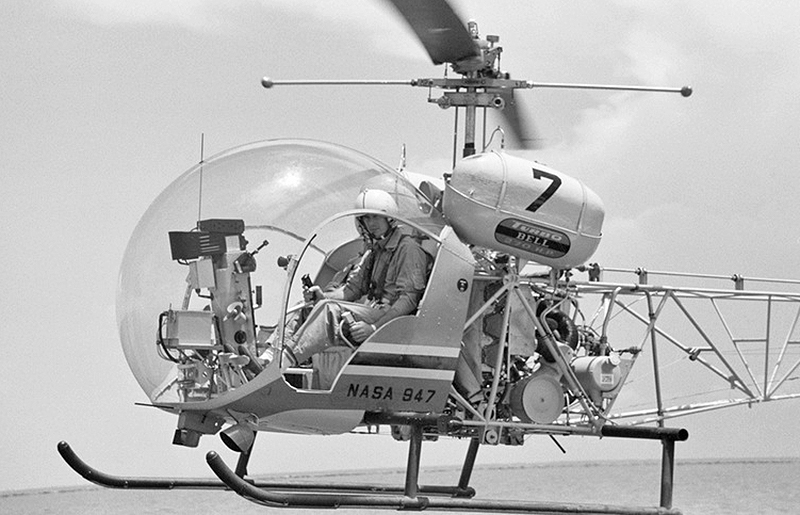
A 19 year-old in a boat nearby rushed to help the helicopter’s occupant, fearing that they would be badly injured from the violent impact and resulting fire. That wasn’t the case. Gene was alert, mobile and aside from some 2nd degree burns and singed flightsuit and hairline, he seemed fine. After being transported back to Patrick Air Force Base for emergency treatment, the doctors couldn’t find much wrong with him that would require further care. In fact, Cernan seemed barely shaken by the near-death incident.
Following the the crash, James Lovell of Apollo 13 fame headed the investigation board tasked with finding out what happened. Eventually a handful of potential causes for the crash were identified. These human factors were largely associated with illusions of speed and distance that occur when flying over smooth water. Cernan’s past experience as a Navy fighter pilot was also cited as the visual cues while flying at low level in a high-speed fighter are very different than those experienced when plugging along at under 100 knots in a gangly helicopter.
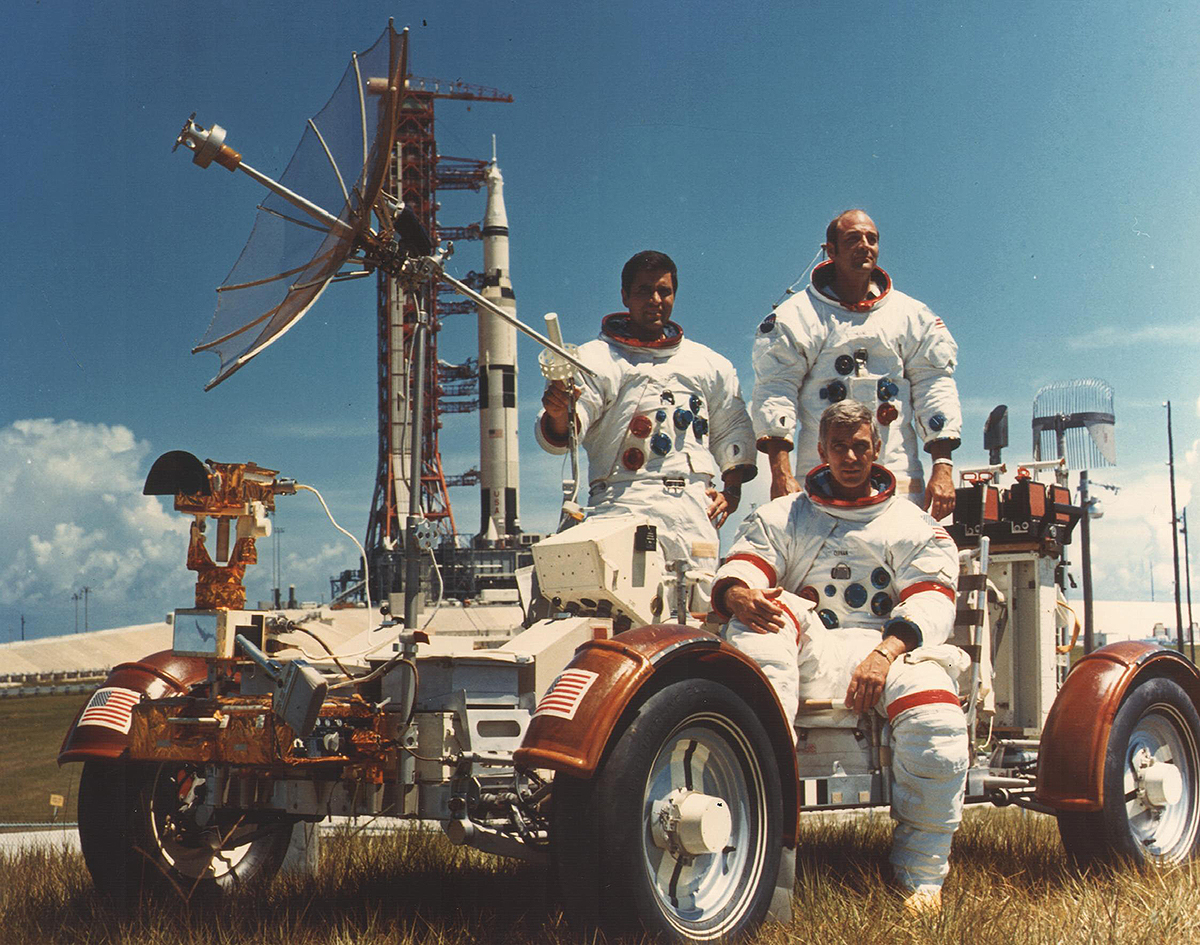
After the investigation ended, Cernan’s assignment as commander of Apollo 17 was put into jeopardy. How was NASA going to hand over a Saturn V rocket, command module and a lunar lander to a guy that just flew a sluggish Bell 47 into a river? Apparently, that was the subject of very heated debate within the institution.
As a result of cutbacks following Apollo 13, NASA’s ten planned missions to the moon were cut down to just six. As such, those astronauts that were in the running to go on an Apollo moon-landing mission were faced with the fact that the chances of doing so were much lower than they had been originally. Under the revised flight schedule, Apollo 17 would be the last mission to the moon and two crews were competing for it. Considering Cernan had the helicopter crash under his belt, it seemed logical that another commander would take his place. Dick Gordon was that other commander.
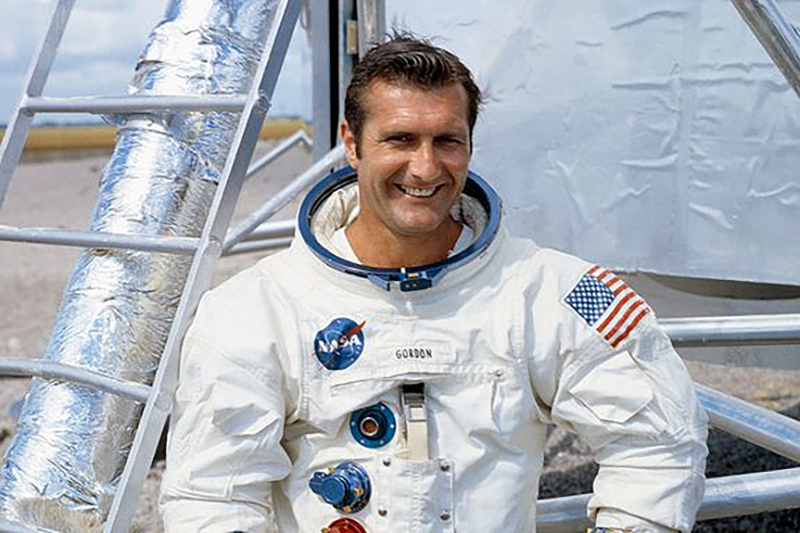
One man in particular, the head of flight crew operations and Mercury Seven alumn Donald “Deke” Slayton, held much of the power as to who would get to fly and on what mission. Apparently he wanted Cernan, not Gordon to command America’s final moonshot. Geologist Harrison Schmitt,that was originally part of Gordon’s crew was ported over to Cernan’s crew in the shuffle, which added to the friction between the two command-level astronauts. Today the Apollo 17 crest reads Cernan, Schmitt and Evans. In the end even dumping a perfectly good helicopter in a river couldn’t keep Cernan from reaching the lunar landscape, and as a result, Gordon would never touch the lunar surface.
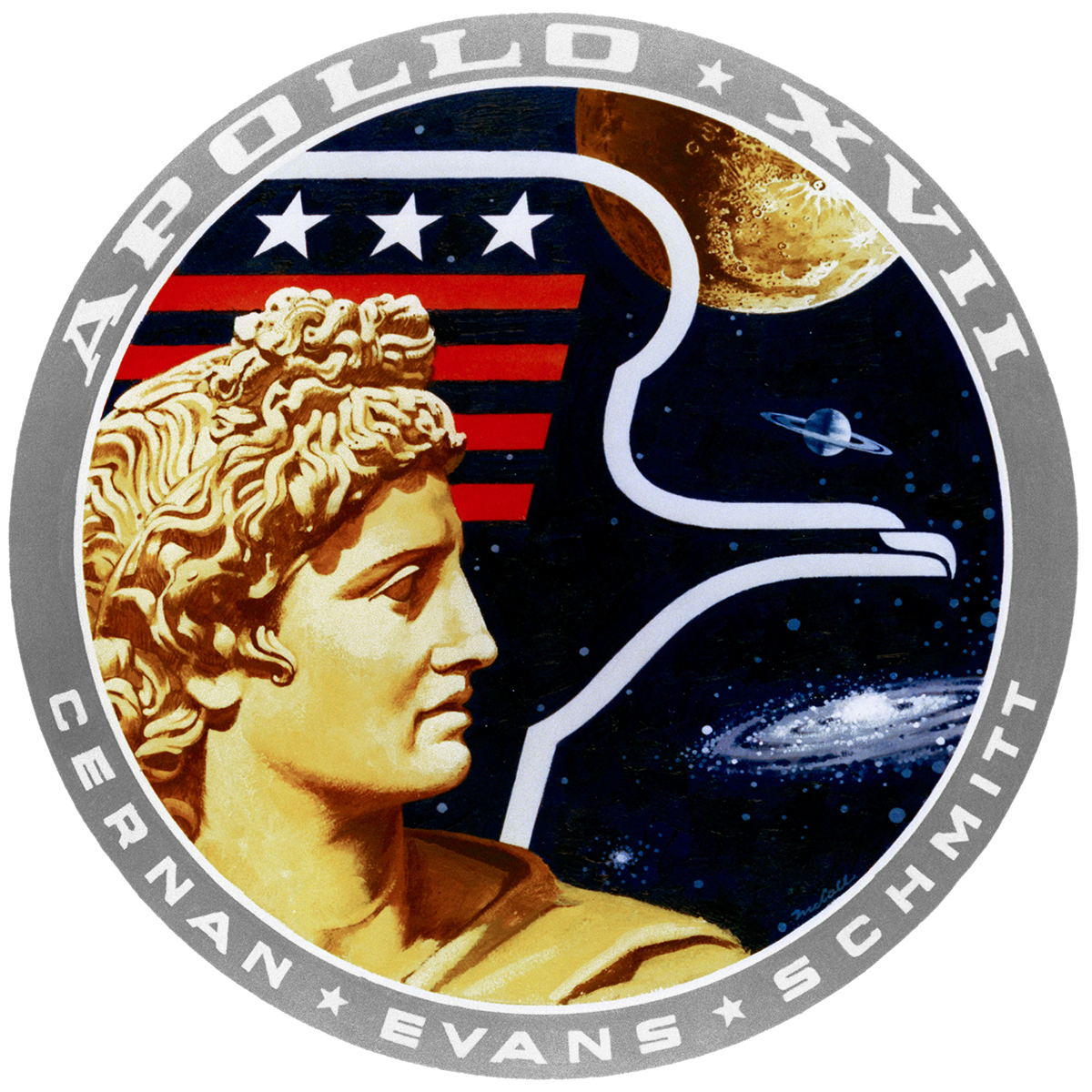
The 1971 crash wouldn’t be the last time Gene Cernan had a brush with death while traveling in a helicopter. On October 29th, 2001 nearly 30 years after his first helicopter crash, Cernan, fellow astronaut John Blaha and Cosmonaut Vladimir Remek were flying aboard a Mi-8 over the Czech Republic when the aircraft rapidly lost engine power and crashed roughly 60 miles south of Prague. Nobody died in the incident, but two of the crew were badly injured. Once again Cernan walked away from the helicopter, or at least what was left of it, unharmed.
Cernan, like many of us, has become fairly disgusted with the state of America’s space program, and was a strong advocate for going back to the moon and beyond. He has also been incredibly forthcoming about the complexities of the incredible life he lived, and how work often took precedence over family. Something he described as “a selfish life” in recent years. A true hero, Cernan was not unafraid to openly share his own weaknesses and failures as well as his triumphs.
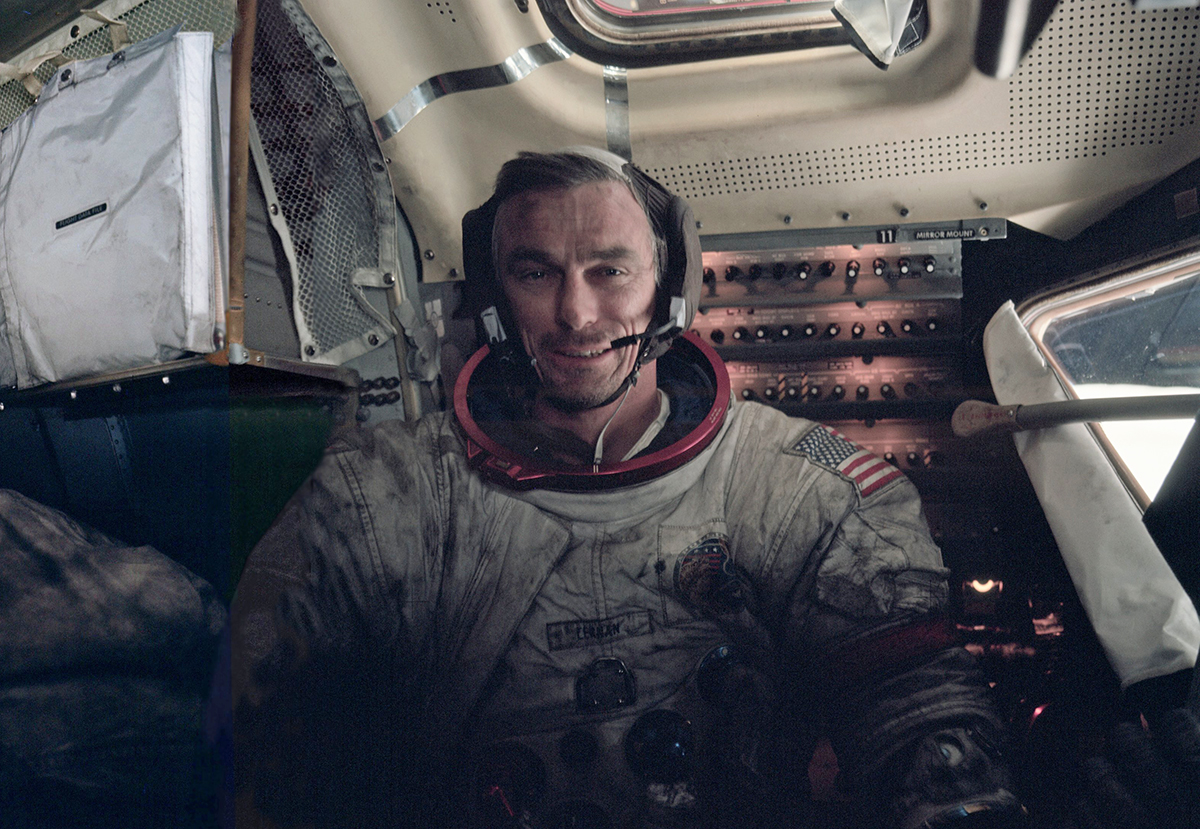
Thankfully, this complex American icon conveyed many of his reflections on life, both inside a flightsuit and out, in the marvelous documentary “Last Man On The Moon.” You will have a hard time finding a better way to spend your time or money than renting it here on YouTube, especially to reflect on and to celebrate the amazing life of this modern-day explorer
In closing, I would like to share Gene’s last word’s on the Moon, they are also the last ones any human has spoken on another celestial body:
“…As I take man’s last step from the surface, back home for some time to come–but we believe not too long into the future–I’d like to just say what I believe history will record: that America’s challenge of today has forged man’s destiny of tomorrow. And, as we leave the Moon at Taurus–Littrow, we leave as we came and, God willing, as we shall return, with peace and hope for all mankind.”
Godspeed Captain Eugene Cernan, who died at 82 years young yesterday, January 16, 2017.
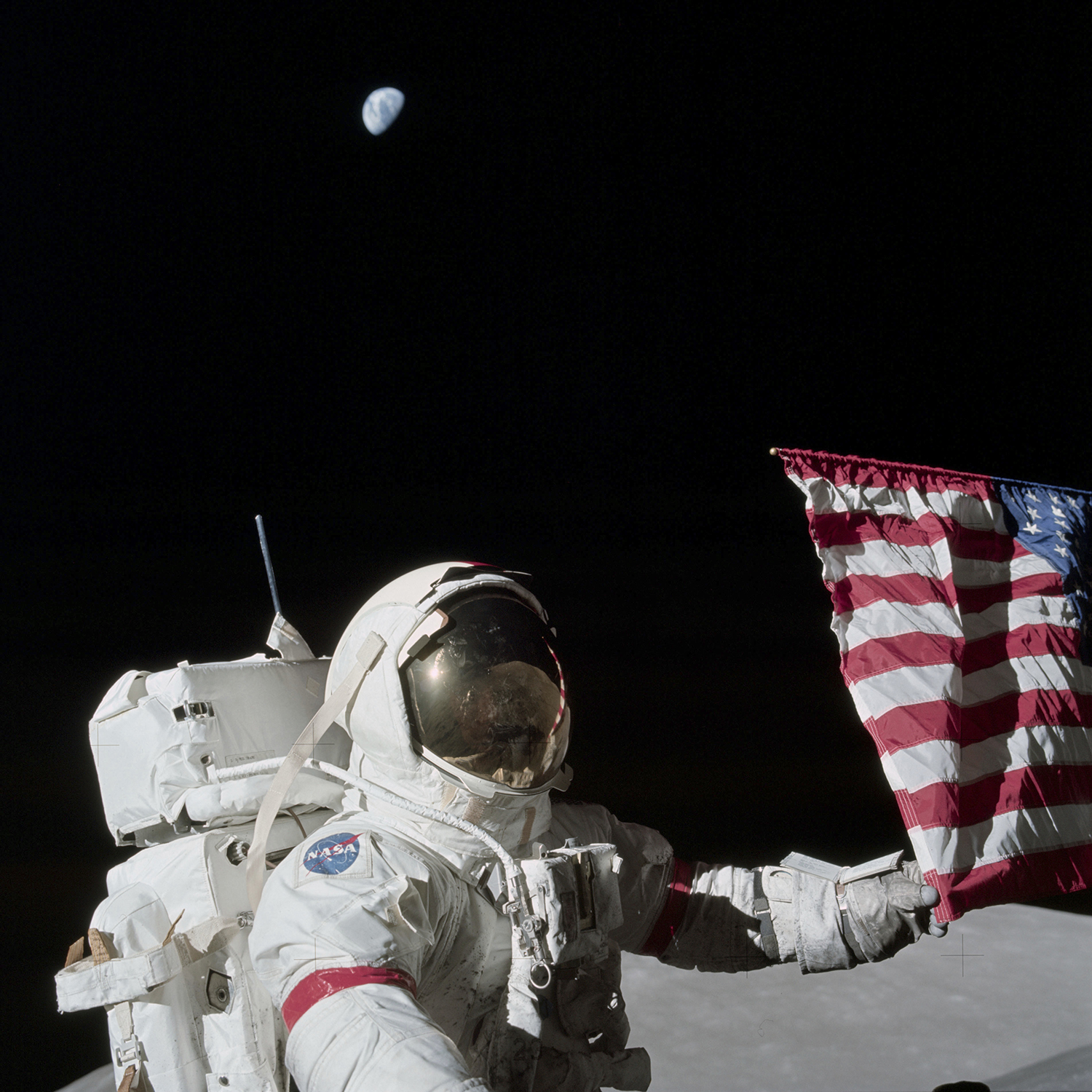
Contact the author Tyler@thedrive.com
